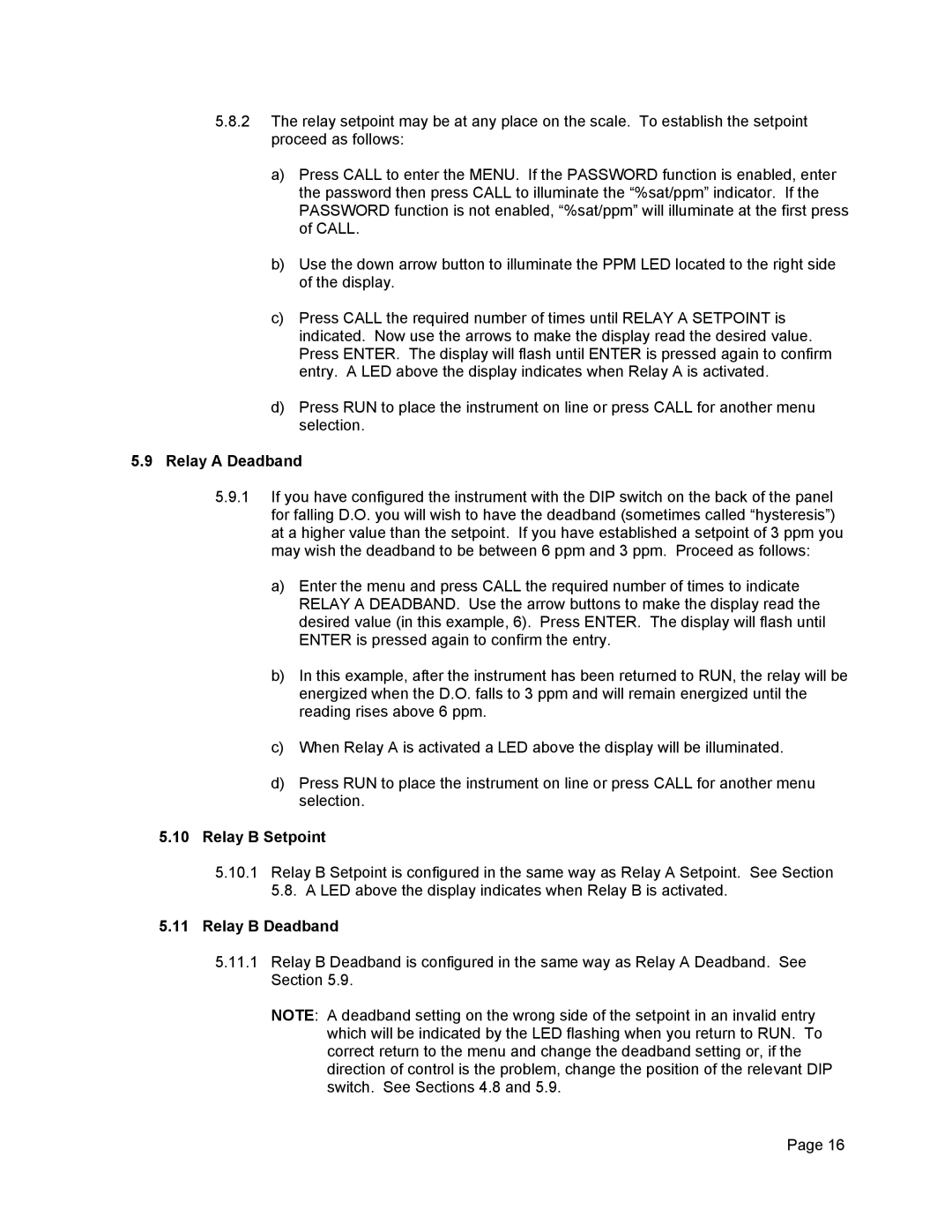DOCN600, Dissolved Oxygen System specifications
Omega Engineering has set a standard in the field of environmental testing and monitoring with its advanced Dissolved Oxygen System, the DOCN600. This sophisticated device is engineered for precision and reliability, making it a preferred choice for various applications, from wastewater treatment to aquaculture, and laboratory settings. The DOCN600's primary mission is to accurately measure dissolved oxygen levels, a critical parameter in assessing water quality and supporting aquatic life.One of the standout features of the DOCN600 is its state-of-the-art optical dissolved oxygen sensor technology. Unlike traditional Clark-style electrochemical sensors, which can be subject to interference and require frequent calibration, the optical method uses luminescence to measure oxygen levels. This technology offers several advantages, including lower maintenance requirements, enhanced stability, and improved accuracy over a broad range of conditions.
The DOCN600 boasts a user-friendly interface, complete with a high-resolution LCD display that provides real-time data visualization. Users can access multiple display modes, allowing for quick reference of key metrics, including temperature and oxygen saturation levels. Furthermore, the system is designed with intuitive menus that facilitate easy navigation, ensuring that both seasoned professionals and beginners can operate the device with confidence.
For data management, the DOCN600 is equipped with advanced connectivity options, including USB and RS-232 ports. This allows for seamless integration with external devices and enables users to export data for further analysis. Coupled with its internal memory, which can store extensive historical data, this system empowers users to monitor trends over time, aiding in decision-making processes.
Another notable characteristic of the DOCN600 is its robust build quality, ideal for deployment in various environmental conditions. The system is engineered to be resistant to water, dust, and harsh chemicals, ensuring longevity and reliable performance even in challenging environments. Additionally, with its compact and portable design, it can be conveniently used in field applications as well as in stationary setups.
In summary, the Omega Engineering DOCN600 Dissolved Oxygen System combines cutting-edge optical technology, user-friendly features, advanced connectivity, and a durable design. It stands out as an invaluable tool for anyone needing precise and reliable dissolved oxygen measurements. Whether used in research, environmental monitoring, or industrial applications, the DOCN600 is an excellent investment for achieving accurate water quality assessments.
